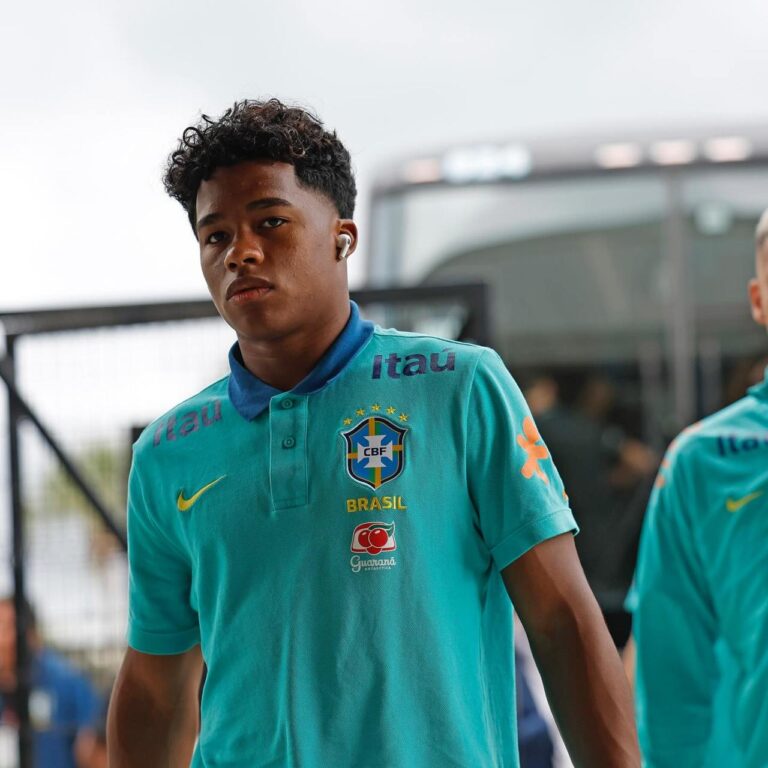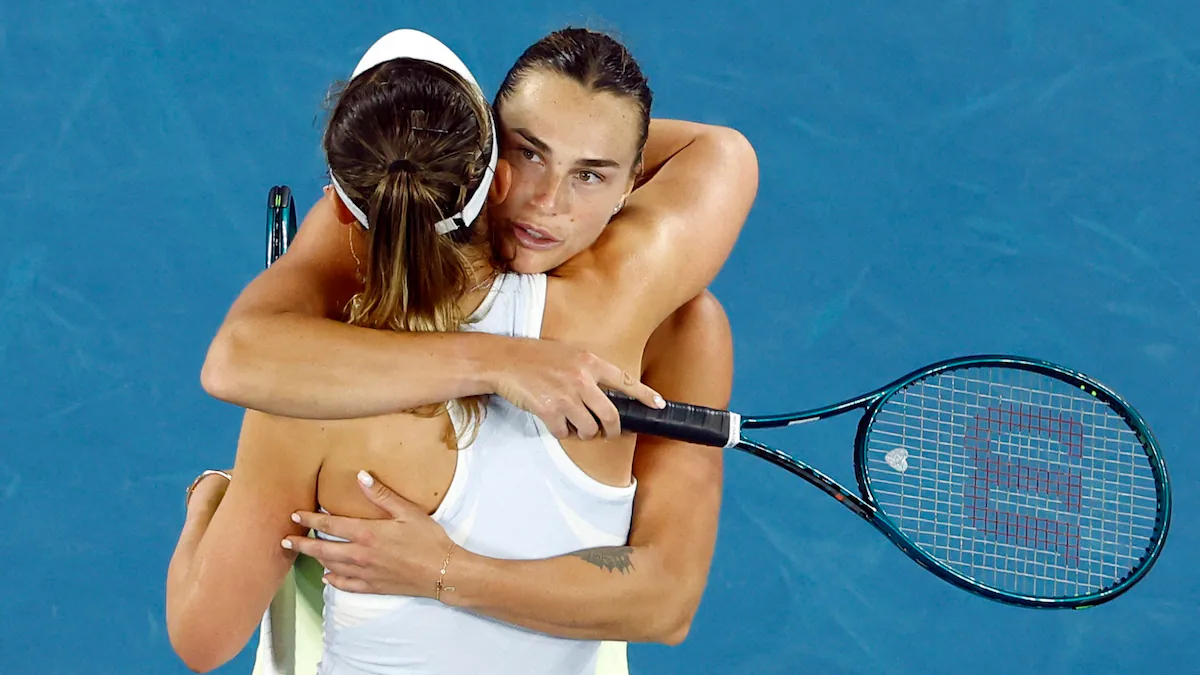
Badosa comes up against Sabalenka's overwhelming law
The Spaniard falls 6-4 and 6-2 to the overwhelming number one, who hopes to chain her third title in Melbourne against Keys, Swiatek’s executioner
Aryna Sabalenka has nailed that last shot and sees a bigger challenge for Saturday: since the Swiss Martina Hingis achieved it between 1997 and 1999, no tennis player has managed to win three Australian Open titles in a row. But there will be no final against Iga Swiatek, who surprised everyone in the midnight tie-break; The American Madison Keys (5-7, 6-1 and 7-6(8)) prevents it. And Paula Badosa accepts it and regrets it after the first turn, who finds no consolation in the finalist’s squeeze at the net, but who, probably, when she looks back and gets rid of the bad taste of the episode, with the passing of hours and days, will truly savor what she achieved in Melbourne. An invitation to continue. To surpass herself, which is no small thing. The Spanish player has found the limit in her first semifinals in a major when she came up against the fiery tennis of the two-time champion, an incontestable hitter, simply thunderous. Sabalenka in her purest state: 6-4 and 6-2, in 1h 26m. However, the southern layout describes a sum and continues in the right direction .
The friendship between the two is wrapped up in the prelude to the match, but when it comes down to it, during that endless walk towards the court in which the matches are won or lost, not a single exchange of glances. This is the elite, this is Australia, this is a semi-final. And the mind, that universe full of tricks and dirty tricks, decides as much or more than the racket. Tennis and psychology, two planets necessarily aligned. They both know each other very well and there is no twist in the script, nothing strange, both face to face: an absolute approach and a cerebral reply. Head, head and more head, her coach asks Badosa, who enters with a good and calm foot, doing exactly what the manual says. Balls and more balls inside, to the center; rhythm but not too much, so that it is her friend – sorry, Sabalenka – who feels that there is reinforced concrete in front of her and is tempted to hit the ball quickly.
Everything is going well, if not phenomenally, but duels with Sabalenka are usually like a dizzying trip on the Dragon Khan, pure adrenaline, and when suddenly you are here, in the blink of an eye you are already there, upside down. If the Belarusian finds the point, she is unstoppable. So what started so well, a break up and three options (0-40) to open up more ground, quickly turns into the opposite because the number one adjusts her sights and her blows have begun to sting and hurt, to find the desired destination. Zasca! Zasca! Zasca! The electrical storm is a spectacle, a hell for those who suffer it. It is an unparalleled arsenal. Even so, the Spaniard maintains her form and colour, aware that the slightest loss of focus would mean an immediate leap into the void. Badosa breathes: calm down, Paula, calm down. Yes, this is a punishment, but competing with Aryna is like this: entry into the jungle no matter what.
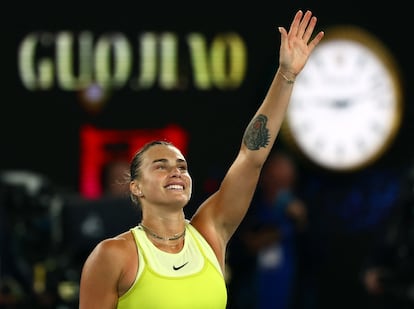
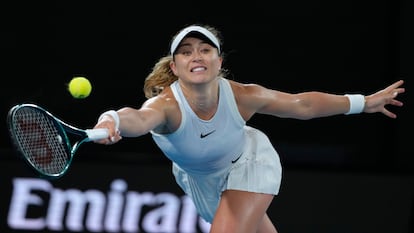


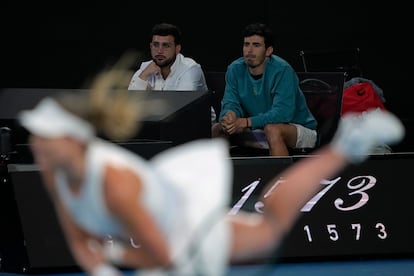
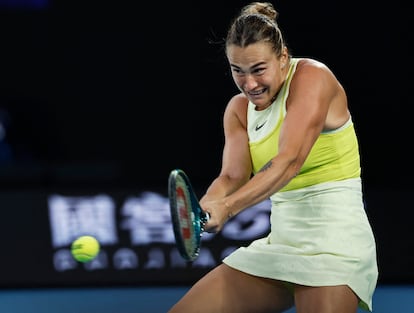
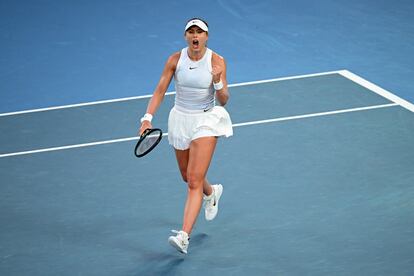
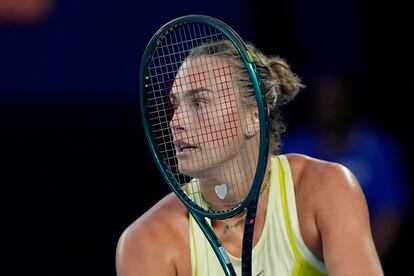


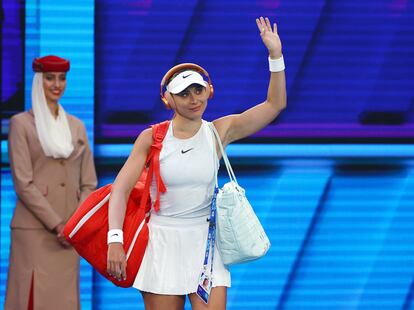
There is no escape from her, you can only go straight ahead and try to make her lose her step. Let’s see if she stumbles or gets cloudy at some point. And the Catalan is doing it, it doesn’t matter that that possible 3-0 has turned into a series of four games conceded, suddenly 2-4. She has to keep going, there’s no other option. Row and row, stroke by stroke, waiting for the moment to arrive. She remains cool, stuck in the thick of it, without losing focus. But the door won’t open even with shots. The Minsk native charges and charges, now based on accelerating and that endless number of intentional attacks, she closes the first set with 14 winning shots and without offering any other option than the mirage of the start. Violent goldsmithing. By then it has already gotten dark in Melbourne, autumn this Thursday, and the retractable roof of the centre has been closed because the clouds that had been warning since morning are already dripping. Difficult, very difficult, but you have to believe it, Paula.
The next dimension
The problem is that she slips up. The Spaniard falls in a lateral movement and immediately shows her thumb, everything is ok , let’s continue; they don’t want to, but inevitably they smile at each other. And when they get up, here is the slip, Badosa immediately gives up the serve and the ramp of the second set tilts enormously. The whole Himalayas ahead. The current against this Sabalenka, or the most unpleasant of scenarios. The number one (26 years old) squeezes like an anaconda and accompanies each blow she launches with those torn cries that express the will to break the ball, to stay up there at the top, dominating even more if possible. One hook after another, powerful forehands and backhands. Ode to demolition. The discharge is beastly. In total there are 32 winning shots against 11. What to do? Continue, continue or continue, because the other option would be to give up, and it’s not going to be. But there is no one who can stop the tigress.
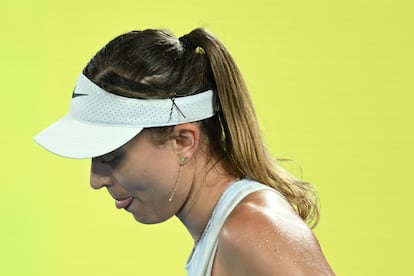
At this point and under this overwhelming dynamic, there is not really much tactic that is worth it. Patience, repelling and if the story does not change much, suffering. That is how crude it is. That is why Sabalenka is up there. The downpour continues and there is no other option than resignation. There is no reproach for Badosa, except for that opportunity at the beginning that perhaps would have presented another course, who knows. However, that juicy 0-40 has flown and from there the locomotive has been activated, that unstoppable machine that evolves day after day and matures towards an important spectrum. Third consecutive final for her in Australia, 20 successive victories. And in growth, the Spaniard is on the right path, already placed among the ten strongest. She knows exactly where the bar is for the next dimension: very high. Sabalenka and Swiatek, big words. They and the others.
And Badosa will continue trying, that’s for sure.
“HE PLAYED LIKE ON THE PLAY STATION”
“If he plays like this, we can give him the trophy…” Badosa sums up in the conference room, where he appears talking and looking sad, although he says he has taken a magnificent prize from here. “Score? I give myself a nine, because for the 10 you already know what I wanted,” he says, while pointing out that everything the rival touched “turned into gold.”
It’s Sabalenka’s law. “She played like a number one, everything worked out for her: directions, lines, aggressiveness. Everything worked out for her… I expected a good level, but maybe not that good. It was one of the best matches of her life. Sometimes, when you compete against her, you feel like she’s playing a video game console, a Play Station . At times it was like: what’s going on? You don’t have time to think,” she describes.
Once the tournament is over, Badosa supports the long-distance journey, the rise of the last year. “I think that, as of June, I am in the top-5 of those who have won the most so far. And that is where I want to be, top-10 , top-5 , playing these rounds; many times against Aryna in the semi-finals, with Iga, with these players. It is what makes me happy and what motivates me every day,” she points out.
Against all odds, Sabalenka will face Keys on Saturday (9.30am, Eurosport and Max). The 29-year-old American, world number 19, came back from behind to beat Swiatek; she will be playing her second major final after losing to Sloane Stephens at the US Open in 2017. The Pole eventually collapsed after having a match point, at 6-5 in her favour.
The precedents between the finalists indicate the superiority of the European: four victories to one, three in a row until today.






